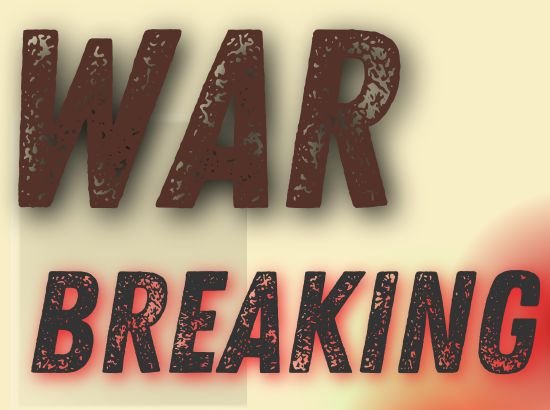
After two years of relentless conflict, the Gaza war is finally approaching its conclusion. U.S. President Donald Trump announced that Israel and Hamas have signed the first phase of a historic peace agreement, paving the way for the release of Israeli hostages and the gradual withdrawal of Israeli forces.
The war began on October 7, 2023, when Hamas launched a major assault on Israel, sparking one of the bloodiest confrontations in recent history. The fighting claimed more than 50,000 lives and displaced millions.
Speaking on the peace accord, President Trump said:
“I am proud to announce that both Israel and Hamas have signed the first stage of our peace plan. As a first step toward lasting peace, all hostages will soon be released, and Israel will pull back its forces to pre-designated boundaries. This is a great day for the Arab and Muslim world, for Israel, for neighboring countries, and for the United States.”
Trump credited Qatar, Egypt, and Turkey for their critical mediation in securing the agreement, calling it “an unprecedented and historic breakthrough.”
The peace framework outlines a detailed roadmap for ending hostilities, rebuilding Gaza, and ensuring long-term security:
Gaza will be transformed into a demilitarized, extremist-free zone posing no threat to its neighbors.
The strip will be reconstructed for the benefit of its citizens who have endured years of suffering.
All hostilities will cease immediately; Israeli forces will withdraw in phases, and preparations for hostage releases will begin.
All hostages—living or deceased—must be returned within 72 hours of Israel’s public acceptance of the accord.
Israel will release 250 prisoners serving life sentences and 1,700 other Gazans, including women and children. In exchange for each released Israeli hostage, Israel will also return the remains of 15 deceased Palestinians.
Hamas members who disarm and accept peaceful coexistence will receive amnesty, while those wishing to leave Gaza will be given safe passage.
Full humanitarian aid and infrastructure support will flow into Gaza under U.N., Red Crescent, and international supervision.
The Rafah crossing will reopen under procedures established in earlier 2025 agreements.
A temporary, non-political Palestinian administrative committee will govern Gaza, overseen by a “Peace Board” chaired by President Trump with global leaders such as former U.K. Prime Minister Tony Blair.
Gaza’s reconstruction will include modern urban development projects and a special economic zone with trade incentives.
No resident will be forced to leave Gaza; those wishing to depart or return will have freedom to do so.
Hamas and other militant factions will be barred from governance, and international inspectors will ensure the region remains weapon-free.
Regional partners will guarantee Hamas’ compliance with the deal.
An International Stability Force (ISF), supported by the U.S. and Arab nations, will train local Palestinian police and maintain order.
Israel will not annex Gaza. Once stability is achieved under the ISF, Israeli troops will withdraw except from limited border areas.
If Hamas rejects the agreement, international aid and security measures will still be implemented in ISF-controlled zones.
An interfaith dialogue initiative will promote peace, coexistence, and tolerance.
Successful reconstruction and reforms could pave the way toward Palestinian self-determination and eventual statehood.
The U.S. will initiate broader political negotiations between Israel and the Palestinians for a long-term peace settlement.
This agreement represents the first tangible step toward ending one of the most destructive conflicts in the Middle East. While challenges remain, international observers view the plan as a potential turning point toward stability, coexistence, and eventual statehood for Palestinians.